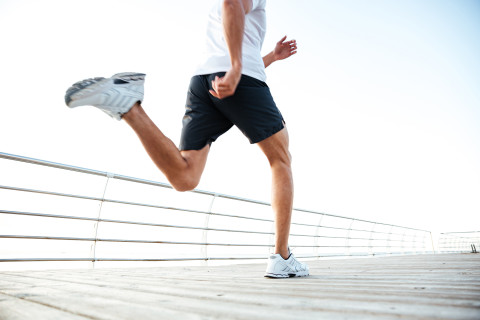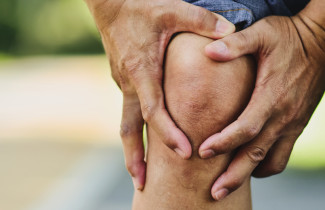The doctoral dissertation in the field of Medical Physics will be examined at the Faculty of Science, Forestry and Technology, Kuopio Campus and online.
What is the topic of your doctoral research? Why is it important to study the topic?
Quantitative Magnetic Resonance Imaging (qMRI) parameters accurately depict the characteristics of articular cartilage and are more robust and objective than qualitative anatomical imaging alone. Despite its promise, qMRI necessitates the utilization of multiple signal weightings to facilitate the quantification of the respective parameters, resulting in prolonged acquisition times. Furthermore, a qMRI method known as T1ρ, which was a focus of the doctoral research, can be susceptible to field imperfections. To overcome these limitations, it is essential to develop qMRI methods that are both insensitive to field imperfections and have as short scan times as possible.
In this research, novel fast and robust methods for the measurement of T1ρ were developed and the accelerated T1ρ was validated with biomechanical testing and OARSI grading. In addition, quantitative T1 measurements using the variable flip-angle multiband-SWIFT sequences were validated with biomechanical testing and digital densitometry measurements.
What are the key findings or observations of your doctoral research?
The doctoral research showed that the artifacts resulting from the field imperfections in T1ρ-weighted imaging can be effectively suppressed by various refocused spin-locking pulse schemes. A double-refocused adiabatic BIR-4 preparation was found to be the most robust, but due to the significant RF energy deposition with powerful adiabatic pulses, the use of the adiabatic method proposed in the thesis is likely restricted to pre-clinical setting. The earlier reported single-refocus hard-pulse T1ρ method, and the triple-refocused hard-pulse method proposed in the thesis, were the most robust of the least RF-intensive methods.
Furthermore, the results indicate that T1ρ dispersion combined with the compressed sensing image reconstruction technique remains sensitive to degenerative changes in the articular cartilage despite significant undersampling. T1 relaxation time as measured by variable flip angle multiband SWIFT (VFA-MB-SWIFT) was sensitive to modest tissue changes caused by PTOA but could not distinguish the mildest forms of damage in the regions adjacent to damaged tissue, which were also undetectable via biomechanical testing.
How can the results of your doctoral research be utilised in practice?
The research paves the way for gathering a wealth of insightful, quantitative information about the status of osteochondral tissues in a clinically acceptable timeframe and with a resolution similar to the routinely utilized anatomical sequences. Faster quantitative imaging would allow easier adoption of qMRI into clinical studies in the sense that the extra time burden required besides standard clinical imaging protocol would be acceptable. Robustness in the presence of field inhomogeneities is important if there is a need to use MRI for example nearby metallic implants or air cavities.
What are the key research methods and materials used in your doctoral research?
The doctoral research utilized various materials, such as tissue samples of bovine origin, physical phantoms, post-traumatic osteoarthritis equine model specimens via an international collaboration, and spontaneously degenerated human samples via local collaboration. The doctoral research was conducted collaboratively in the Biophysics research group of the Department of Technical Physics and at the A. I. Virtanen Institute at the University of Eastern Finland.
The doctoral dissertation of Swetha Pala, MSc, entitled Magnetic Resonance Imaging Of Articular Cartilage In Osteoarthritis: Studies On Robustness And Acceleration Of Quantitative Imaging be examined at the Faculty of Science, Forestry and Technology, Kuopio Campus. The opponent will be Associate Professor Vladimir Juras, Medical University of Vienna, and the custos will be Professor Mikko Nissi, University of Eastern Finland. Language of the public defence is English.
For more information, please contact:
Swetha Pala, swethat@uef.fi, tel. +358 449 327 660



